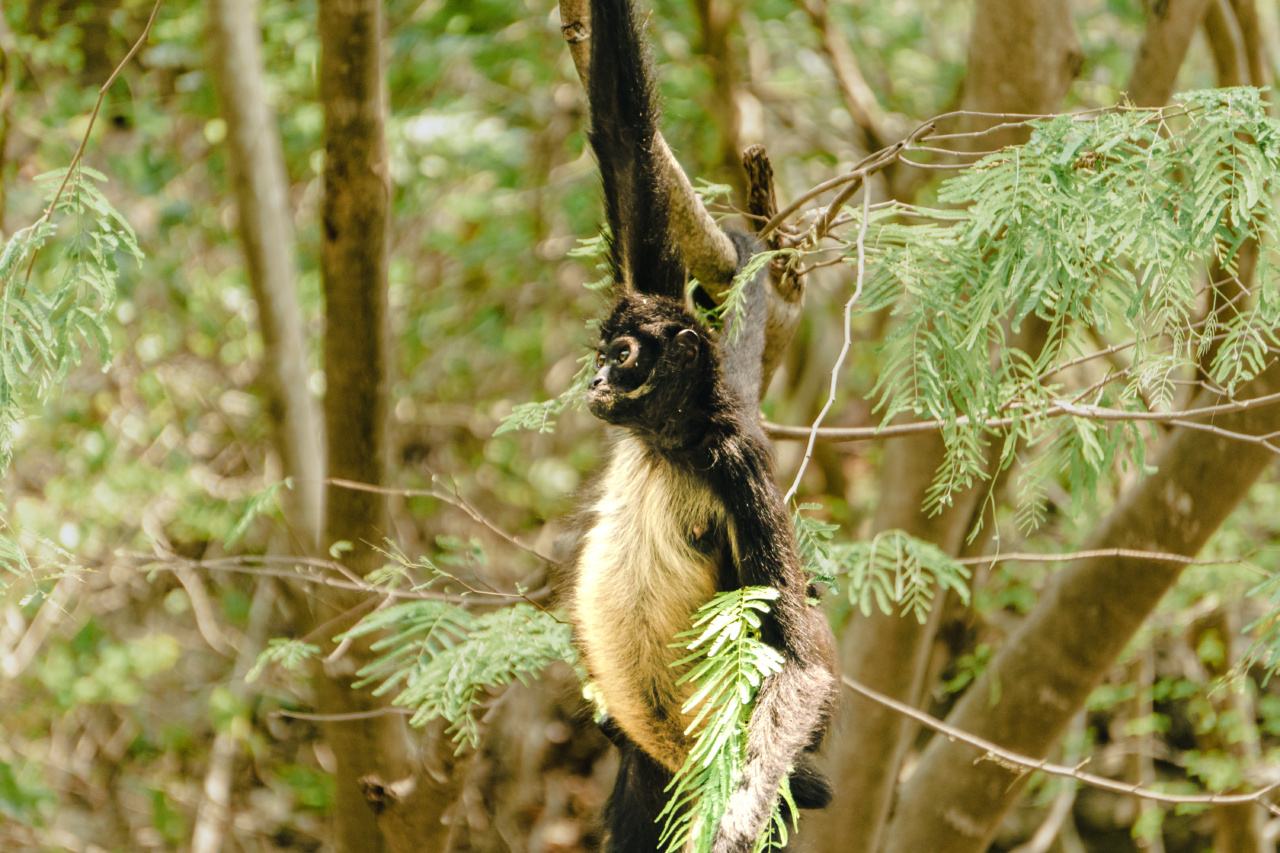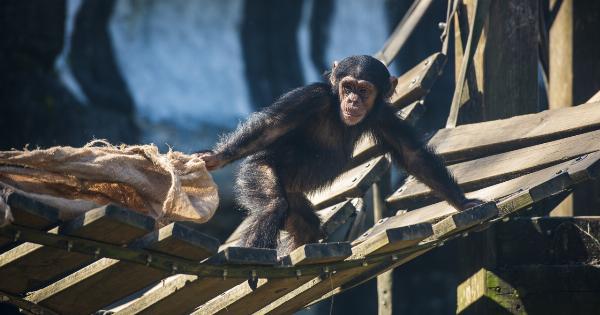In recent months, Brazil has been grappling with a concerning monkey outbreak that has affected numerous regions across the country.
The sudden surge in the monkey population has raised concerns among both residents and authorities, prompting efforts to understand and mitigate the situation. This article delves into the monkey outbreak in Brazil, examining its causes, potential consequences, and the measures being taken to manage the issue.
Causes of the Monkey Outbreak
The monkey outbreak in Brazil can be attributed to several factors, including urbanization, deforestation, and climate change. As cities expand and encroach upon natural habitats, monkeys are forced to adapt and find new sources of food and shelter.
This often leads them to urban areas, increasing the likelihood of contact with humans and escalating the outbreak.
Deforestation, primarily driven by the logging and agricultural industries, has significantly reduced the available habitat for monkeys.
With their natural homes disappearing, monkeys have been compelled to seek alternative habitats, often closer to populated areas. This has further facilitated their interaction with humans and created ideal conditions for increased proliferation.
Climate change is also believed to be playing a role in the monkey outbreak. Rising temperatures and altered weather patterns have disrupted the natural balance of ecosystems, affecting food availability and migration patterns.
As a result, monkeys are forced to adapt, leading them to inhabit areas where they previously had little presence. This unexpected migration not only fosters the outbreak but also poses challenges for conservation efforts.
Consequences of the Monkey Outbreak
The monkey outbreak in Brazil poses several consequences, ranging from public health concerns to ecological imbalances. One of the primary concerns is the potential transmission of diseases from monkeys to humans.
Monkeys can serve as carriers for various zoonotic diseases, including yellow fever, malaria, and Zika. These diseases can be transmitted through mosquito bites or direct contact with infected animals, posing a significant risk to human health.
Moreover, the increased interactions between monkeys and humans have led to incidents of aggressive behavior from the primates.
As they become more accustomed to living in urban settings, monkeys may exhibit territorial behavior, posing a threat to residents, especially children. Reports of aggressive encounters have been on the rise, emphasizing the need for immediate action to address the outbreak and ensure public safety.
Another consequence of the monkey outbreak is the disruption of ecological balance. Monkeys play a crucial role in maintaining the equilibrium of forest ecosystems. By dispersing seeds, they contribute to forest regeneration and help sustain biodiversity.
However, with the outbreak altering their behavior and distribution, the natural processes that rely on monkeys are being disrupted. This could have far-reaching effects on forest health and the overall ecological stability of affected areas.
Efforts to Manage the Monkey Outbreak
The Brazilian government, in collaboration with various organizations and experts, has implemented several measures to manage the monkey outbreak and mitigate its consequences.
These efforts primarily focus on understanding the outbreak, raising awareness, and finding ways to coexist with monkeys harmoniously.
One key element of the management strategy is educational campaigns aimed at informing the public about the risks associated with monkey-human interactions.
By educating residents about zoonotic diseases and providing guidelines for safe encounters, authorities hope to reduce incidents and minimize potential health risks. These campaigns employ various mediums such as posters, brochures, and social media platforms to reach a wide audience effectively.
Furthermore, experts are closely monitoring the behavior and movements of monkeys to assess their migratory patterns and understand the factors influencing their population growth.
This data helps inform conservation efforts and facilitates the identification of areas most affected by the outbreak. It enables authorities to implement targeted measures to mitigate the consequences of the outbreak and reduce human-wildlife conflicts.
The Brazilian government has also implemented stricter regulations on logging and deforestation to protect the natural habitats of monkeys.
By imposing limitations on unsustainable practices, authorities hope to preserve the monkeys’ natural habitat and reduce their forced migration into urban areas. This approach aims to address the root causes of the outbreak and prevent its recurrence in the future.
Additionally, efforts are being made to create designated areas where monkeys can find food and shelter without straying into populated regions.
These designated sites serve as alternative habitats, providing a suitable environment for monkeys to thrive while minimizing their interactions with humans. This approach not only protects residents but also ensures the survival of the monkey population in more controlled settings.
Conclusion
The monkey outbreak in Brazil is a pressing issue that demands immediate attention and concerted efforts from authorities, organizations, and residents.
By understanding the causes of the outbreak, its potential consequences, and implementing effective management strategies, it is possible to mitigate its impact on public health and ecological balance.
Through educational campaigns, stricter regulations, and the creation of alternative habitats, Brazil can strive towards a harmonious coexistence with its monkey population while safeguarding the well-being of its citizens and preserving its natural heritage.






























